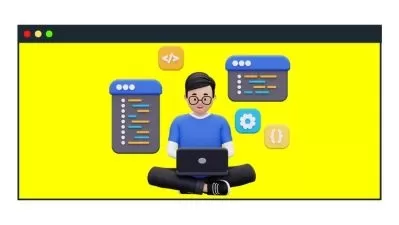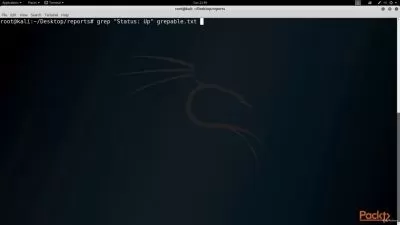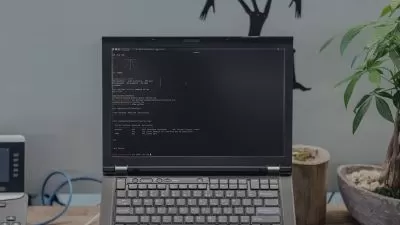Cybersecurity Foundations: Computer Forensics
Jungwoo Ryoo
2:40:52
Description
Computer forensics is used to find legal evidence in computers, mobile devices, or data storage units. This course covers all the technical essentials for up-and-coming digital forensics professionals. Instructor Jungwoo Ryoo reviews the goals of computer forensics, the types of investigations it's used for, a forensic investigator's typical tool set, and the legal implications of this type of work.
Explore different specializations currently available in the field to assess your career prospects as an investigator. Jungwoo shows you how to prepare for an investigation, acquire data, ensure data is kept in its original state with software and hardware write-blockers, analyze the data, and generate a report of your findings. Along the way, you’ll discover options for both open-source and commercial software to help find the best tool for your needs and your budget.
More details
User Reviews
Rating
Jungwoo Ryoo
Instructor's Courses
Linkedin Learning
View courses Linkedin Learning- language english
- Training sessions 63
- duration 2:40:52
- English subtitles has
- Release Date 2024/02/10
















